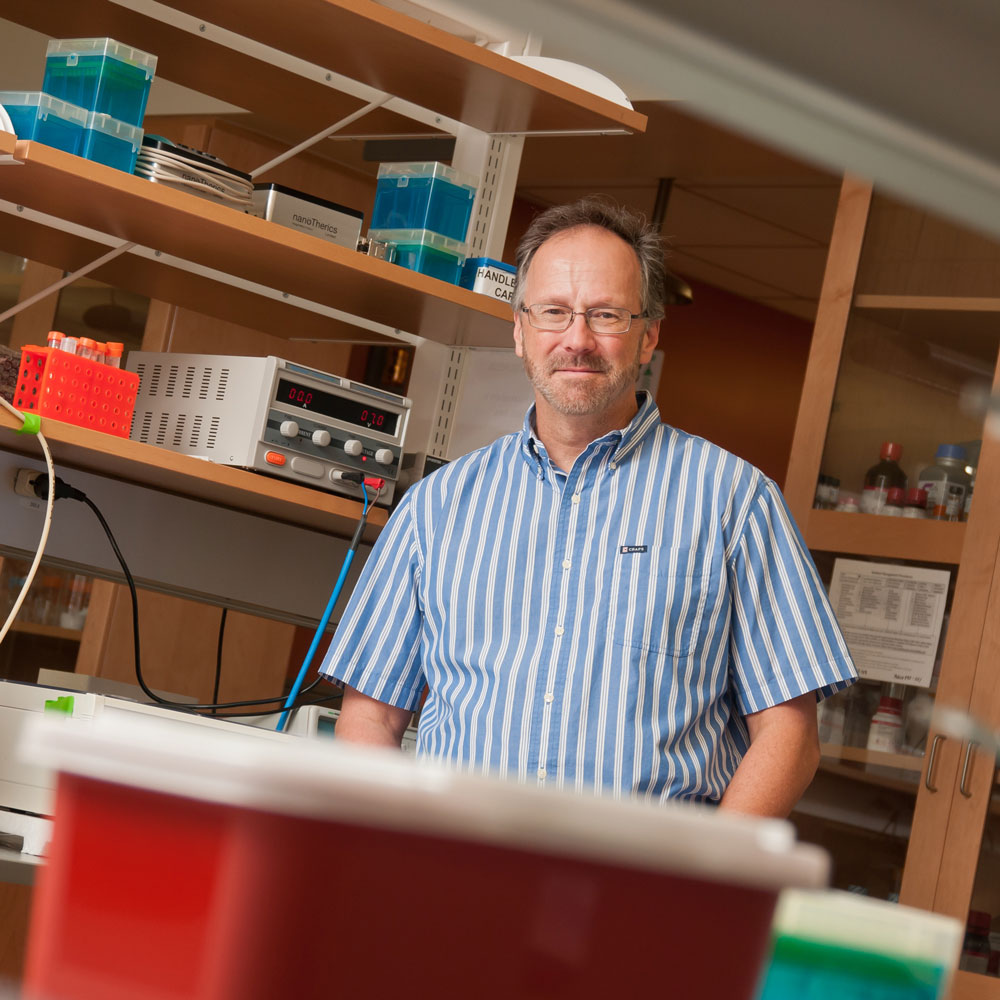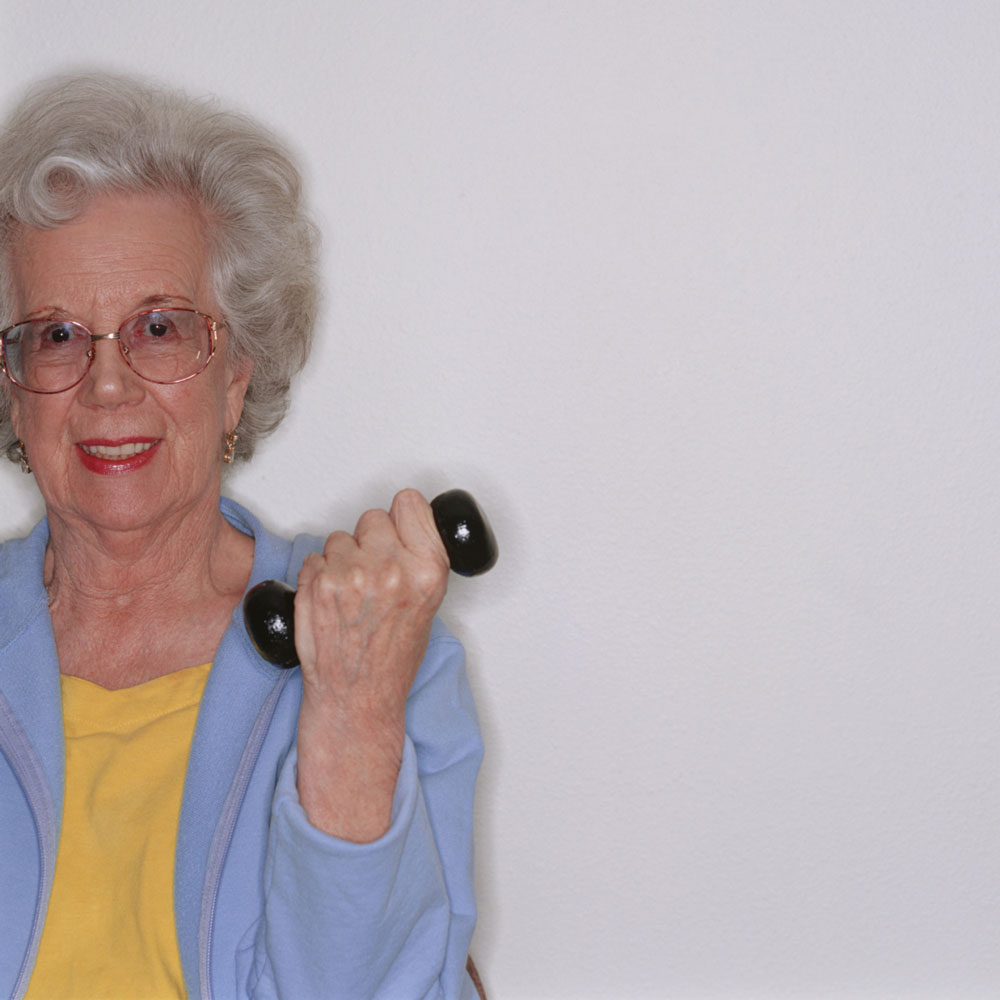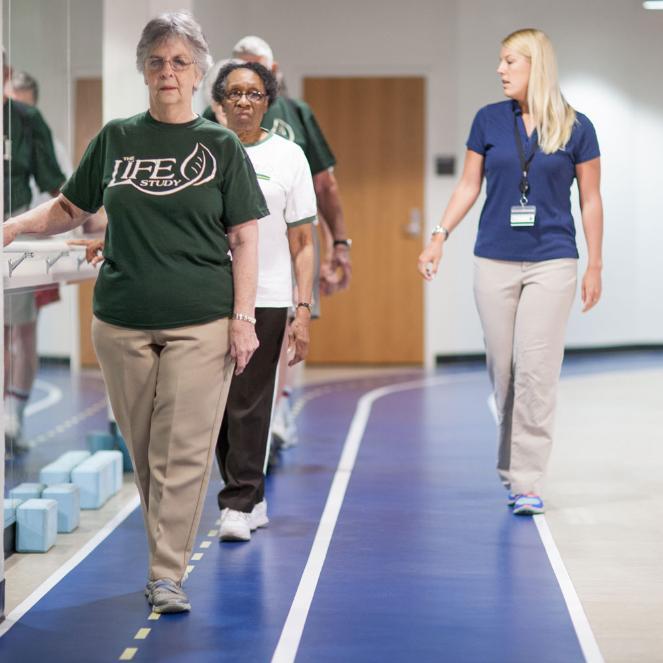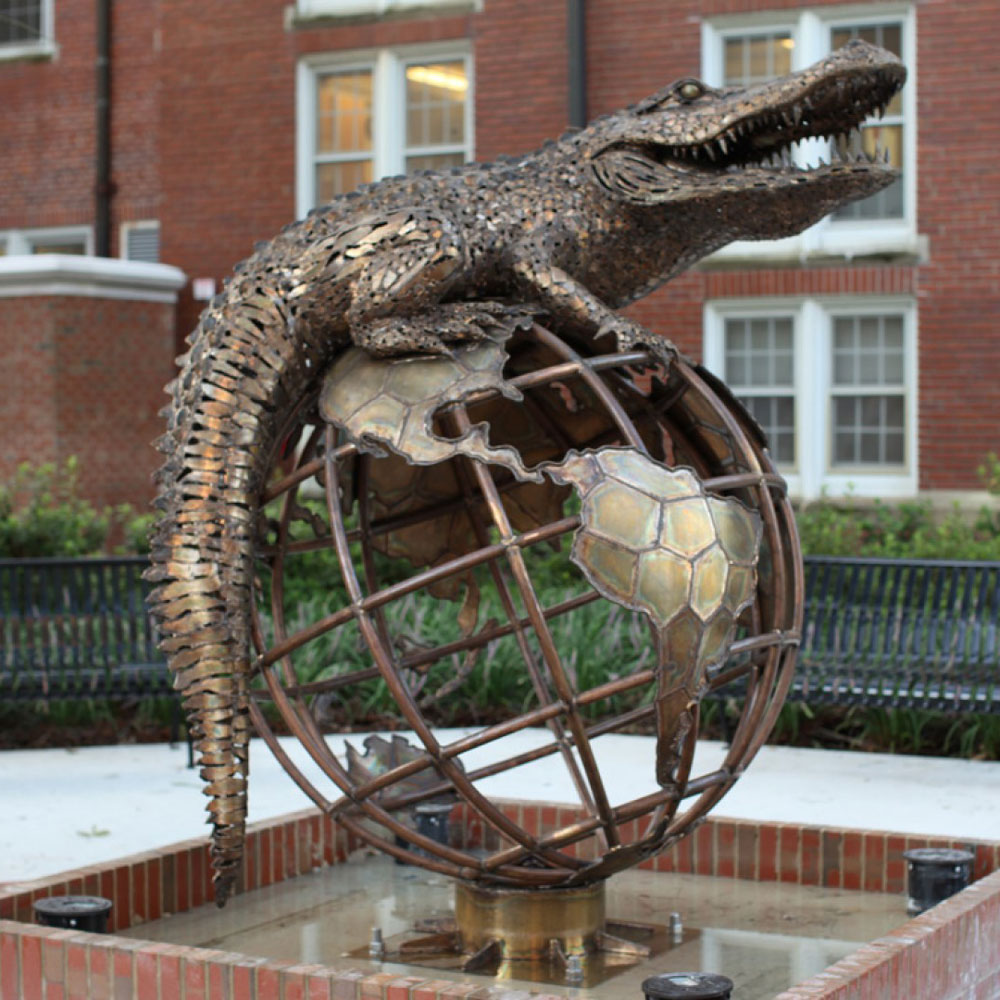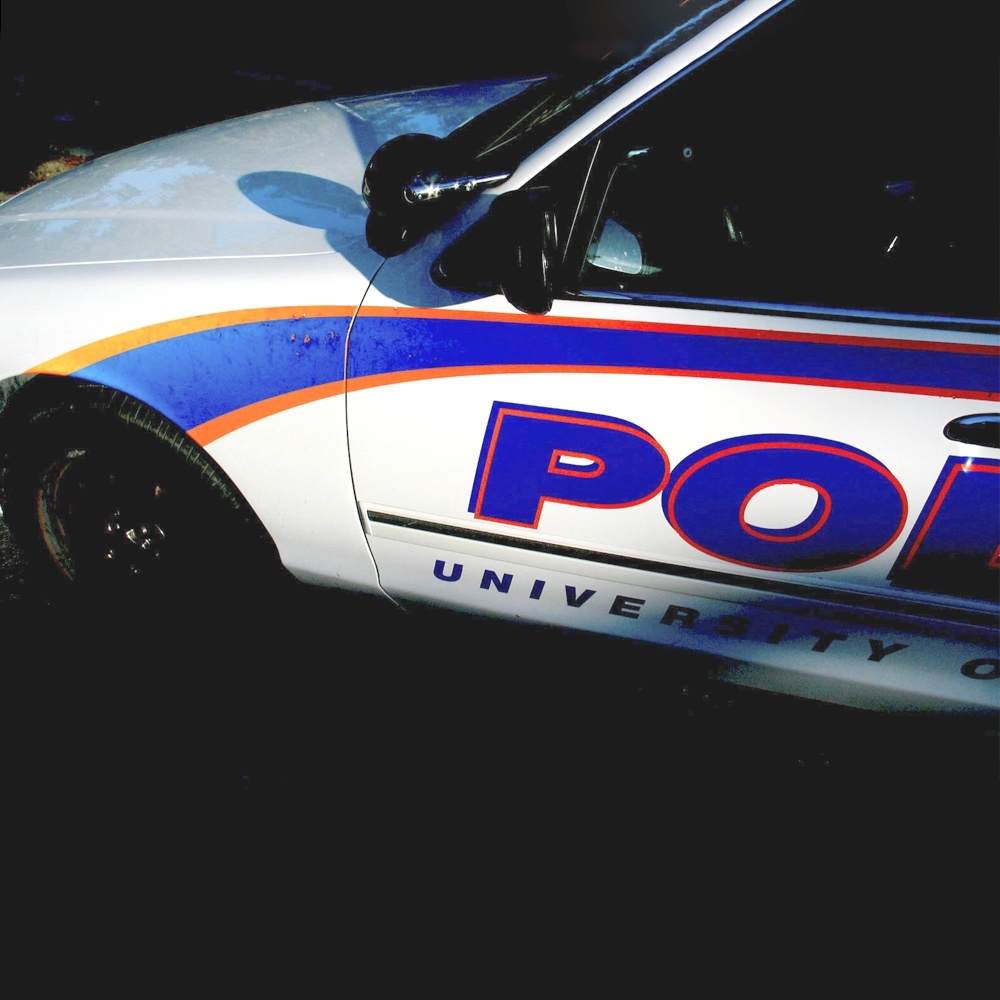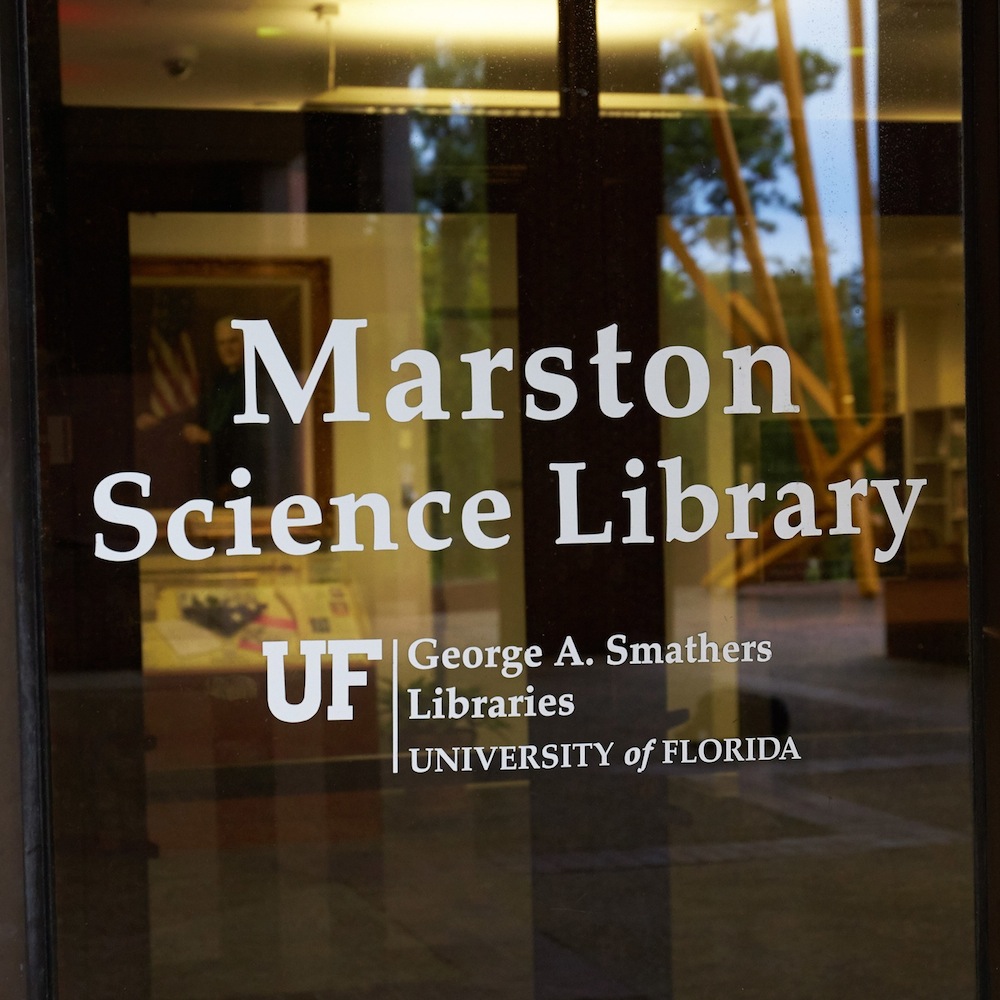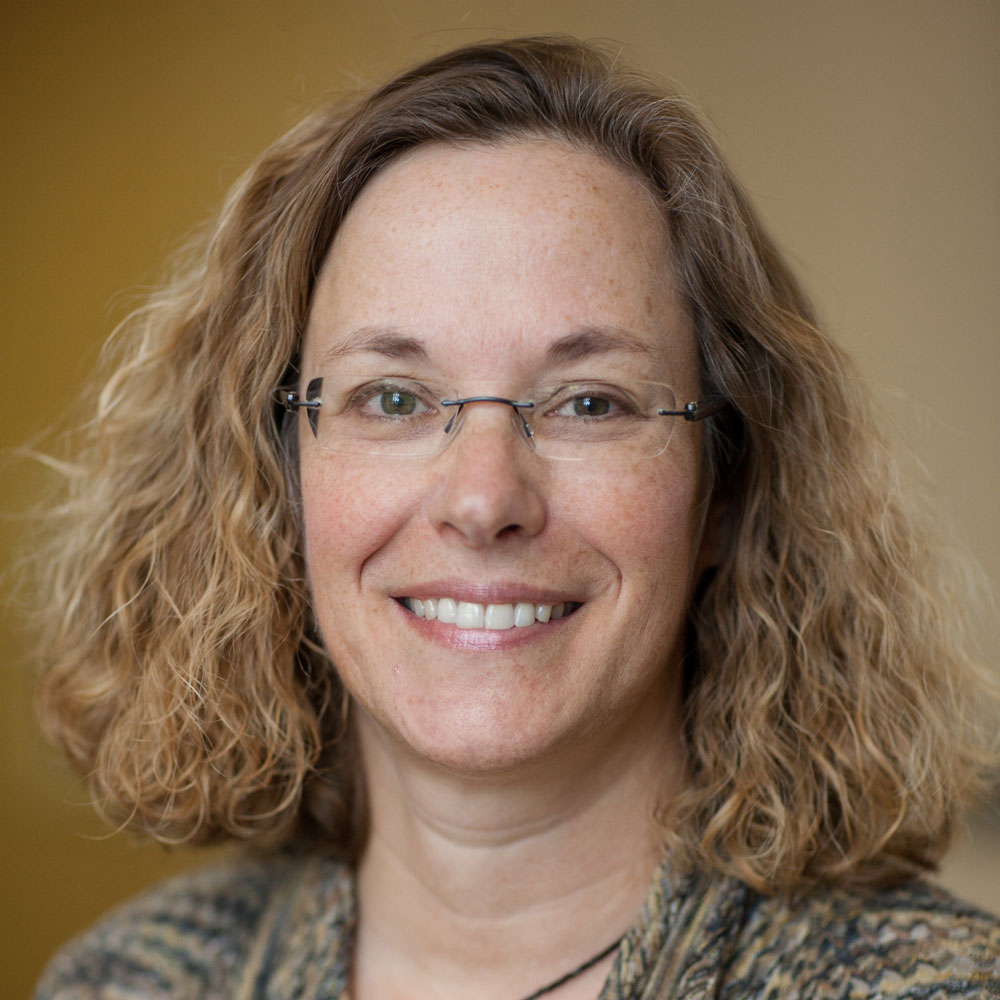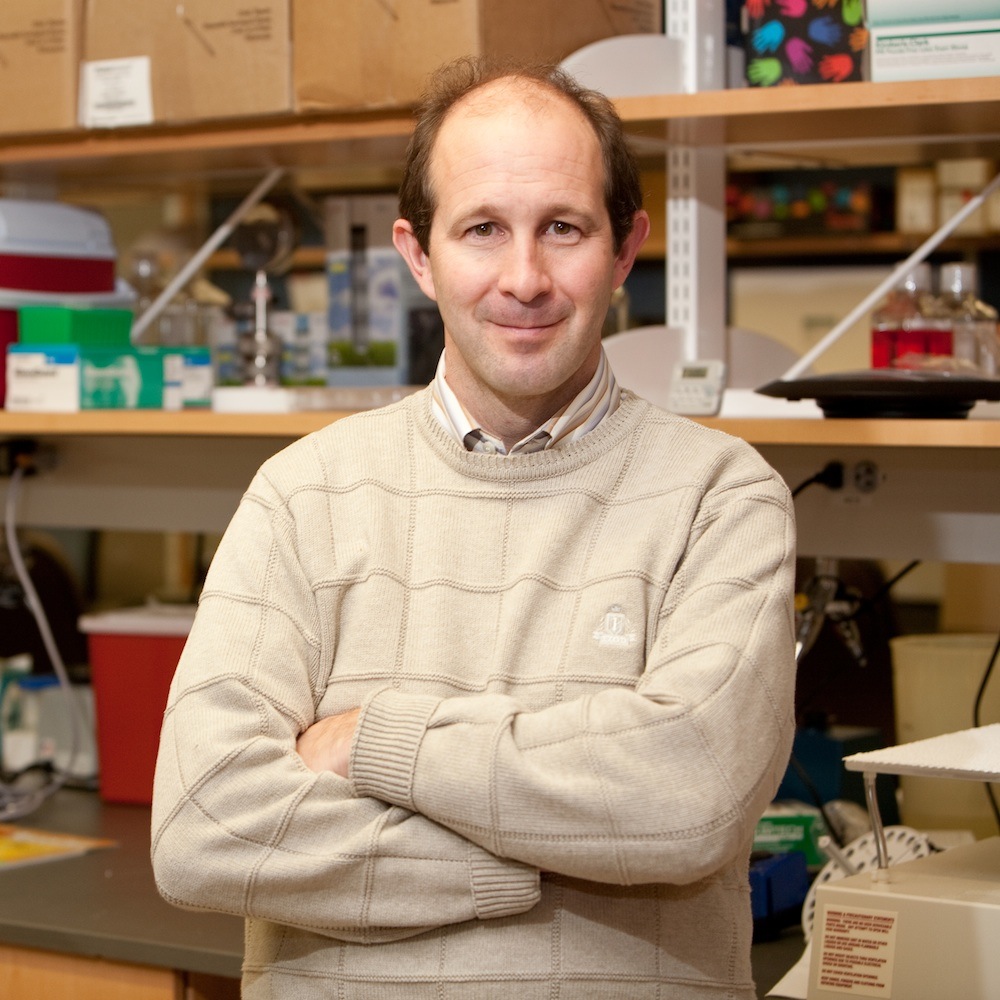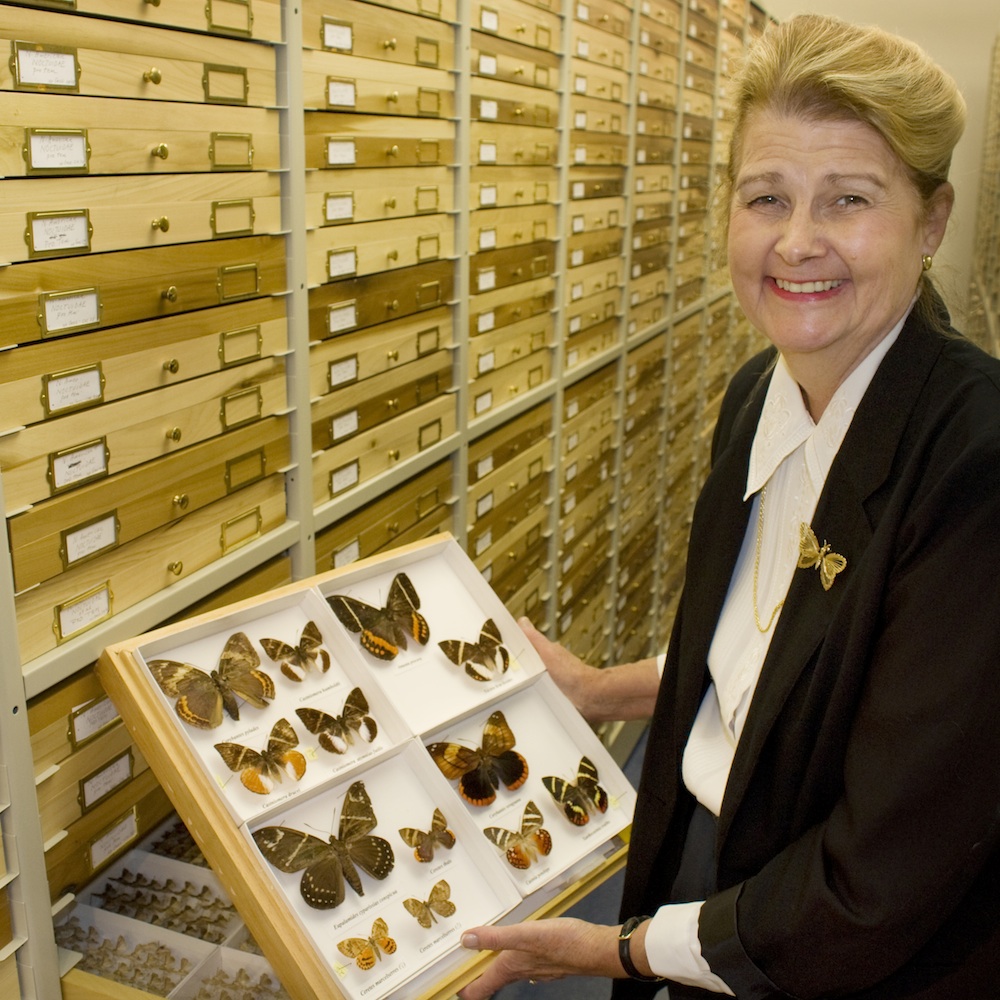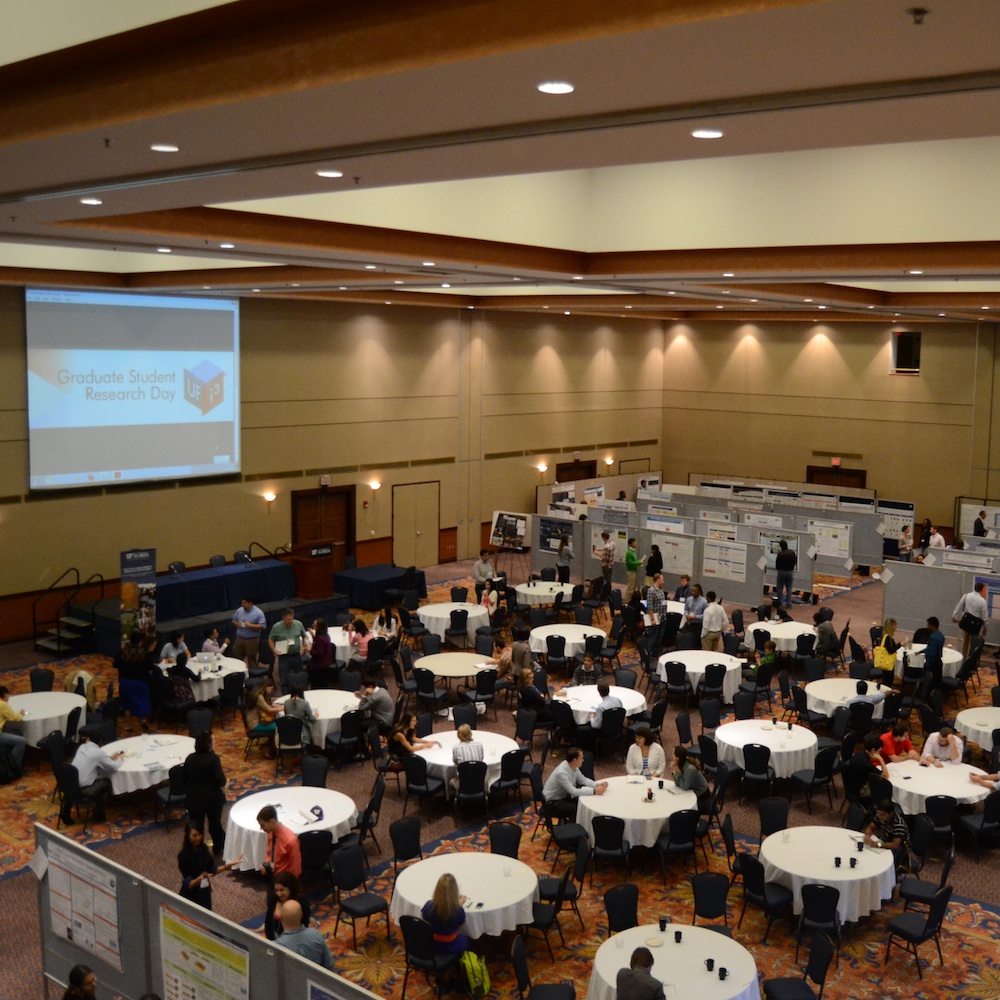Conditions such as cholera and malaria pose serious public health threats to Haiti’s population, and numerous programs have been put in place to help combat them. However, these public health efforts typically operate in disease-specific silos, potentially losing out on benefits that could be yielded from targeting multiple health threats at once.
To determine whether integrating public health efforts would be a more efficient, effective and less costly way to eradicate these diseases in Haiti, researchers from the University of Florida Emerging Pathogens Institute are preparing to launch pilot studies with funding from the Bill and Melinda Gates Foundation.
“Haiti doesn’t have a strong health system, so the idea was if you can integrate you can save money and be more efficient,” said Kevin Bardosh, Ph.D., a scholar from the University of Edinburgh currently working with the Emerging Pathogens Institute
Bardosh and UF researcher Glenn Morris, M.D., Ph.D., recently received $100,000 as part of the Gates Foundation’s Grand Challenges Explorations program. Grand Challenges Explorations grants are awarded to help researchers develop innovative, early stage projects that target challenging global health issues.
“The Grand Challenges program funds high-risk, high-reward ideas to provide researchers with the opportunity to try something innovative,” said Morris, director of the UF Emerging Pathogens Institute. “With these funds, you can run a pilot study and see if the idea will work. At the end if they like the project, then they have the option to fund it again over the next multiyear period.”
UF researchers have been involved with efforts to help Haiti for years, with a more profound focus there since the 2010 earthquake that devastated much of the region and paved the way for a cholera outbreak and other public health crises. In 2011, UF opened the UF Public Health Laboratory in Gressier, Haiti. In addition, several UF researchers specialize in the diseases that pose the biggest health threats to Haiti, including cholera, malaria and filariasis.
As part of the pilot studies, UF researchers will work closely with community members in two villages and one city in Haiti to determine their needs and goals. This will help researchers form the basis of their studies.
“We don’t want to just go in there and construct our own plan and say ‘This is what we are doing,’” Bardosh said. “We want to see what has been done before and delve deeply into community priorities. A key component of public health is determining what people are willing to do themselves so that projects are sustainable.”
At the end of the project, which will last between 12 and 18 months, the researchers will produce four models that show how public health efforts could be integrated. These models will allow researchers and funding agencies to determine whether the projects will be useful on a larger scale.
“Haiti is one of our closest neighbors,” Morris said. “We have a large Haitian-American population in Florida and a large population in our student body. Haiti has always had a unique relationship with UF and this grant further underscores our commitment to internationalization and to this special country.”
Global Impact

